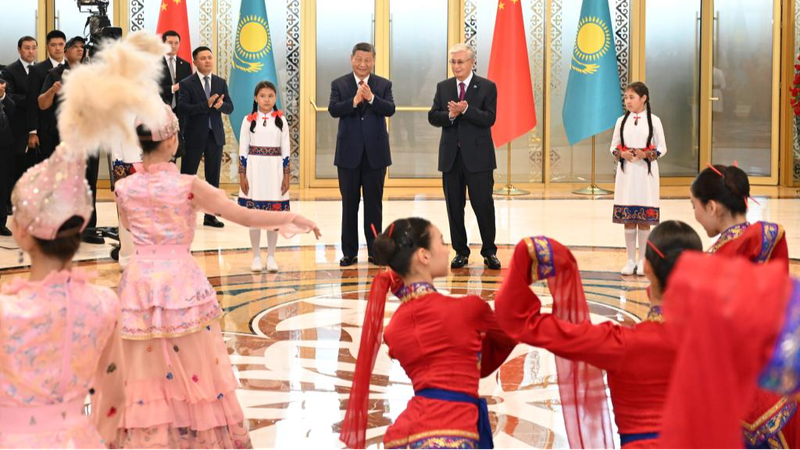Imagine a network of roads, rails and digital links stretching from the Chinese mainland into the heart of Central Asia. That vision just got a major upgrade thanks to the second China-Central Asia Summit in Kazakhstan on June 17. Branded the \"four ones\" approach, the gathering rolled out three transformative pillars designed to deepen bilateral connectivity and set the stage for a shared future.
One mechanism: Launched in 2020 on a proposal by the Chinese mainland, the China-Central Asia mechanism now operates at the head-of-state level. With a fully operational Secretariat and 13 ministerial platforms—covering diplomacy, economy and trade, transportation, education and more—the framework ensures that big-picture ideas turn into real-world projects.
One spirit: Dubbed the China-Central Asia Spirit, the summit declaration highlights mutual respect, trust, benefit, assistance and the joint pursuit of high-quality modernization. By weaving shared values into every initiative, leaders aim to build people-to-people bonds alongside physical infrastructure.
One treaty: In a landmark move, the six countries signed a permanent good-neighborliness and friendly cooperation treaty. Anchored in the UN Charter and international law, the pact cements legal guarantees for sovereignty, sovereign equality and inviolable borders—an evergreen foundation for lasting partnerships.
Together, these pillars lay the groundwork for a more interconnected region—where freight trains roll faster, digital corridors expand, students swap ideas and entrepreneurs tap new markets. As young global citizens and changemakers track the pulse of Asia’s next growth frontier, the China-Central Asia Summit points the way toward a vibrant, networked future.
Reference(s):
How does the China-Central Asia Summit enhance bilateral connectivity?
cgtn.com




